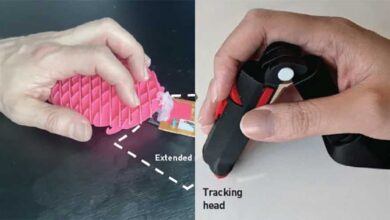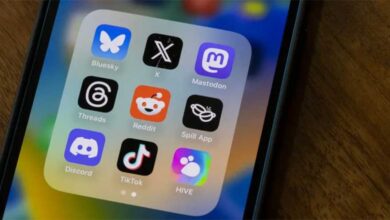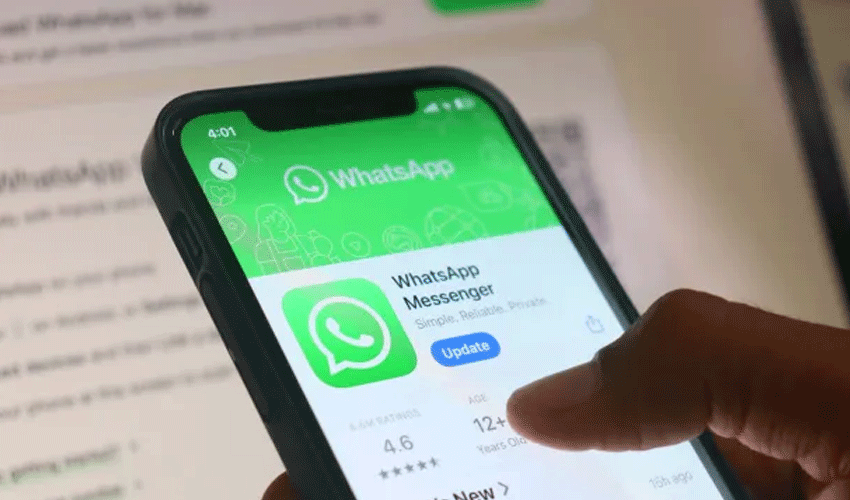Researchers have developed a lightweight computer mouse that you wear on your finger like a ring and works for more than a month on a single charge.
Called picoRing, the device weighs just 0.18 ounces (5 grams) and is designed as a discreet, low-power alternative to traditional mice.
Its inventors see it initially as a contender for controlling augmented reality (AR) and virtual reality (VR) systems, where compact, hands-free control offers a practical advantage over standard input devices. Users can scroll and interact with virtual interfaces using small hand gestures, making picoRing ideal for setups that lack desk space.
Because the ring sits in direct contact with the skin, future versions could also monitor heart rate, stress levels and other health markers, the researchers said in a statement. Combining these health features with interaction control could open the door to “multifunctional wearable devices.”
“Although it’s just a prototype, picoRing could have several useful impacts on the way people interact with technology,” Ryo Takahashi, assistant professor at the University of Tokyo’s Department of Electrical Engineering and Information Systems, said in the statement.
“Obviously, it could mean longer-lasting wearable technology becomes more common, but it also offers a new intuitive way to interact with AR. It offers more discreet control to avoid being too obvious in public spaces, is generally more convenient because it’s so compact, and may become a platform for health sensors or other innovations.”
The humble computer mouse has been kicking about for almost 60 years, and while its design has been refined and improved in that time, attempts to radically rethink it have never quite taken hold. Researchers hope picoRing’s convenient form factor and month-long battery life will help it stand out, particularly as other ring-style wearables gain traction.
“Previous so-called smart rings suffer from short lifespans because their small 50-60 megawatt-hour batteries struggle to power the necessary communications components for long,” Takahashi said.” To solve this challenge, we needed picoRing to use hundreds of times less power at around 30-500 microwatts.”







